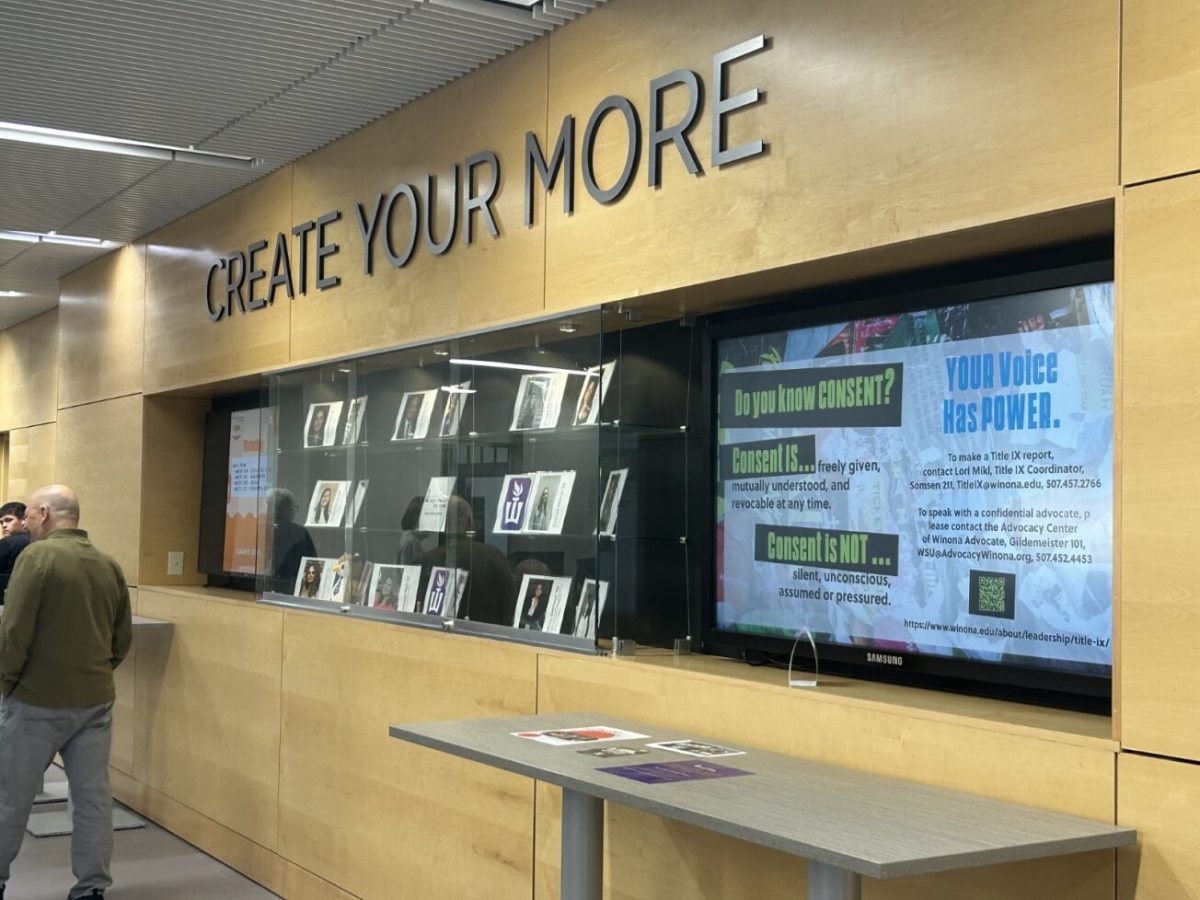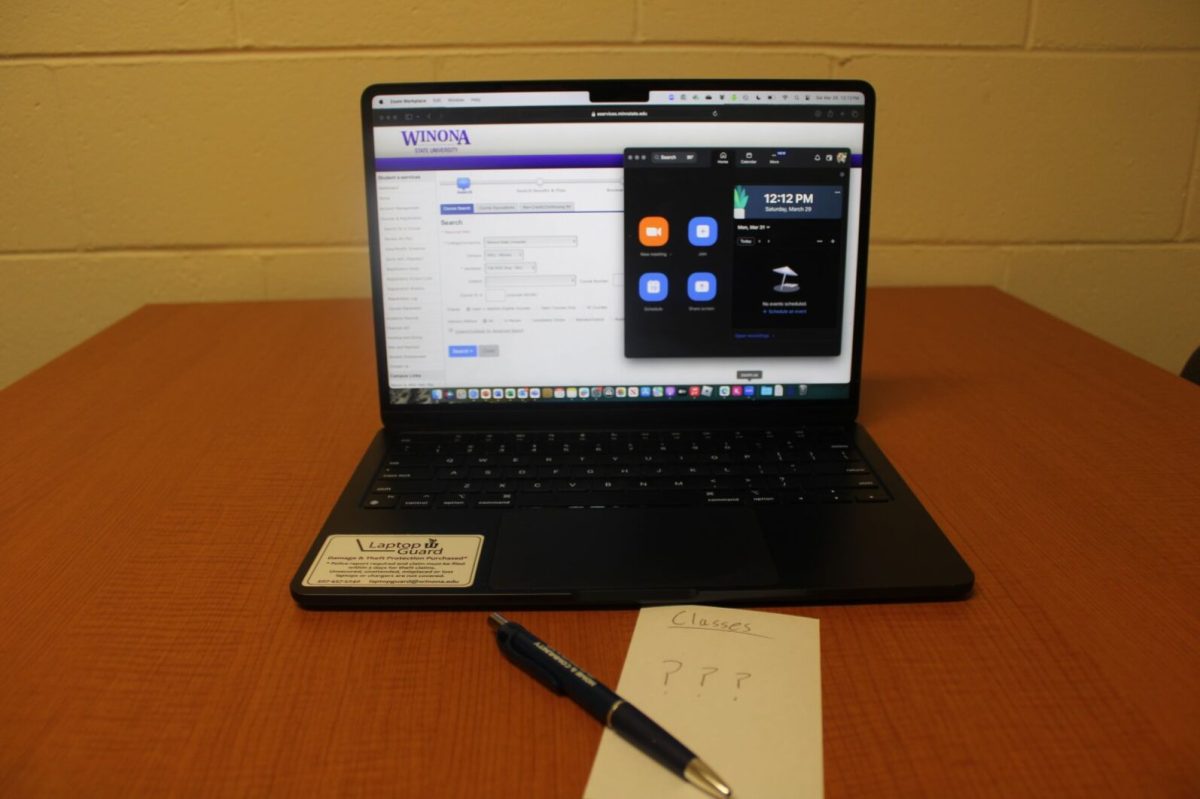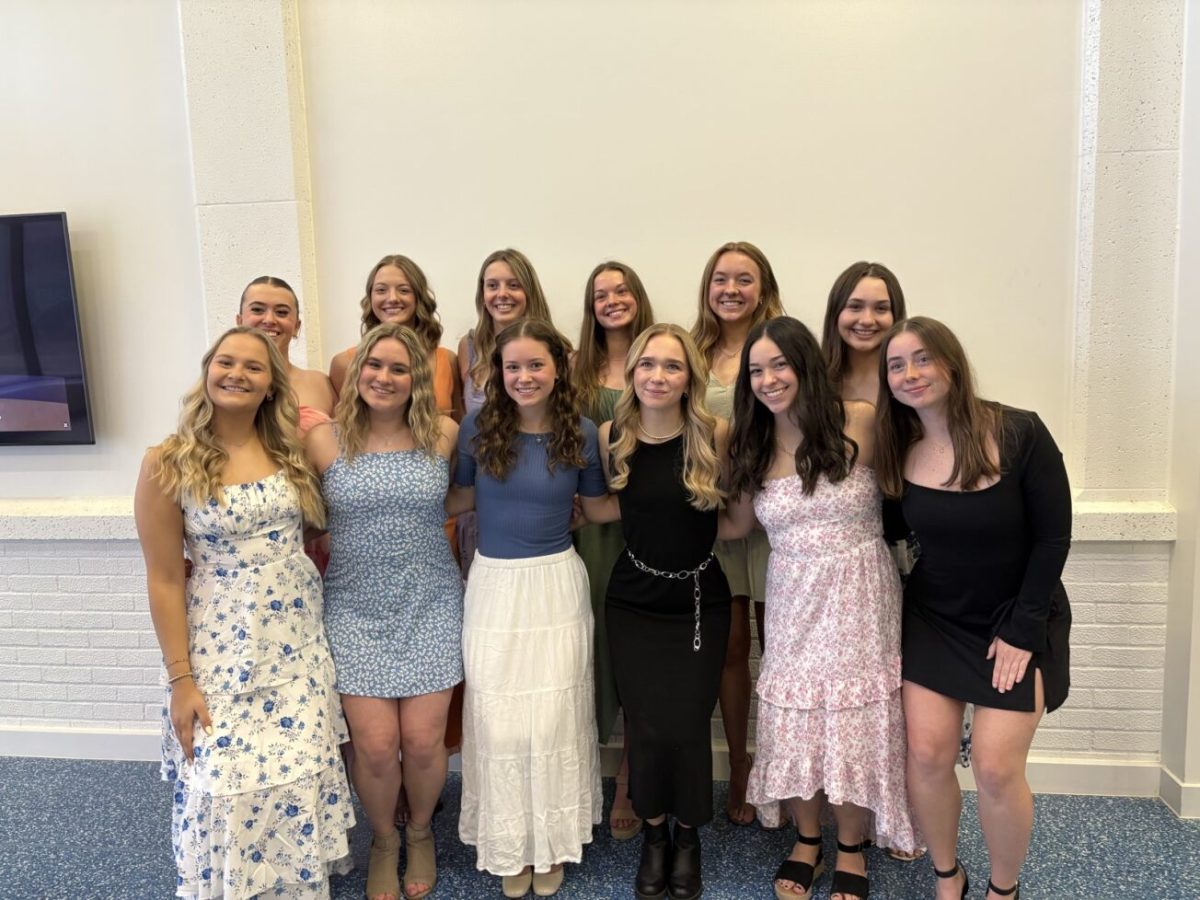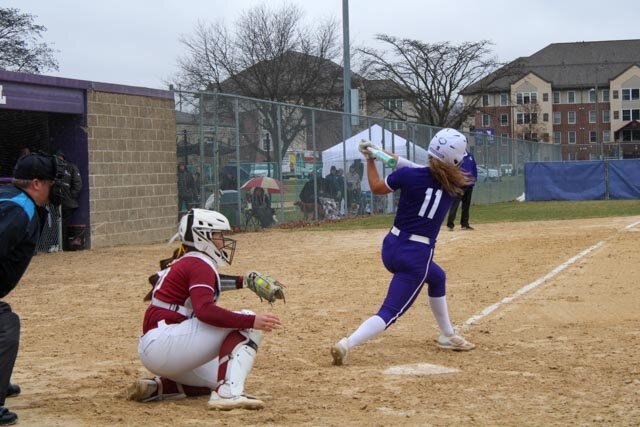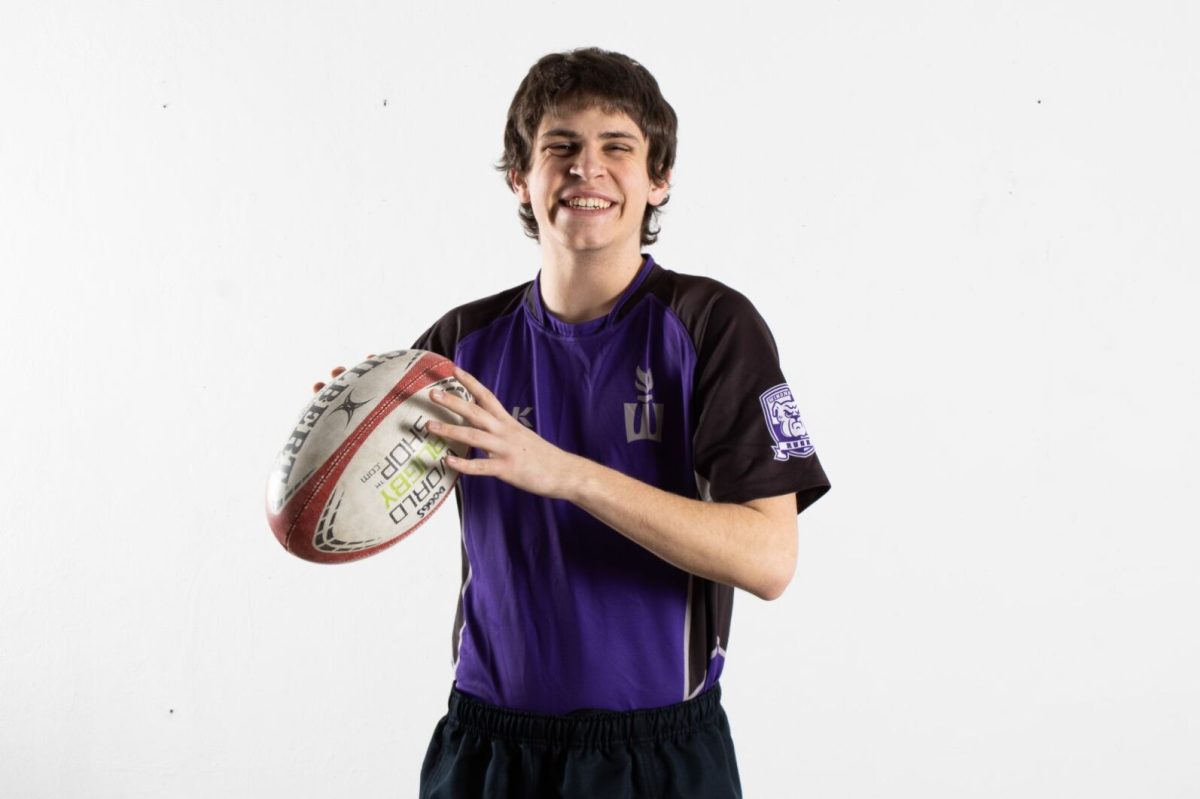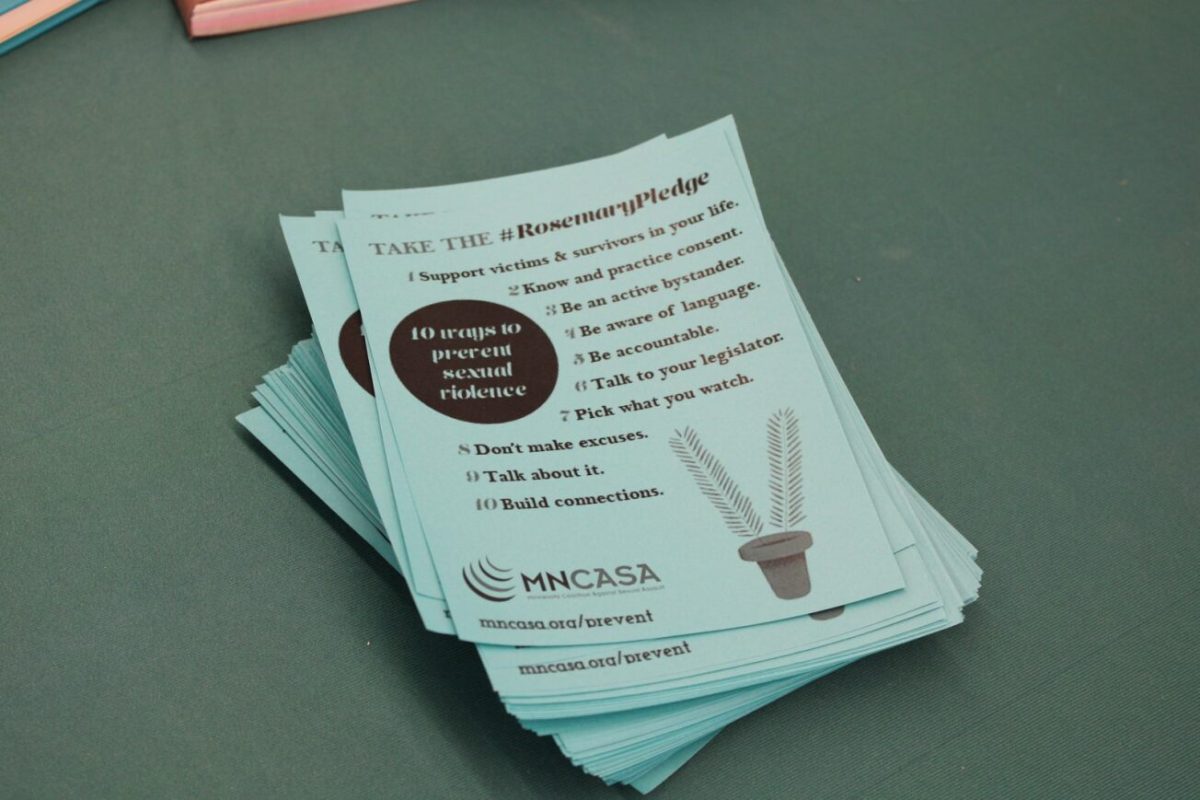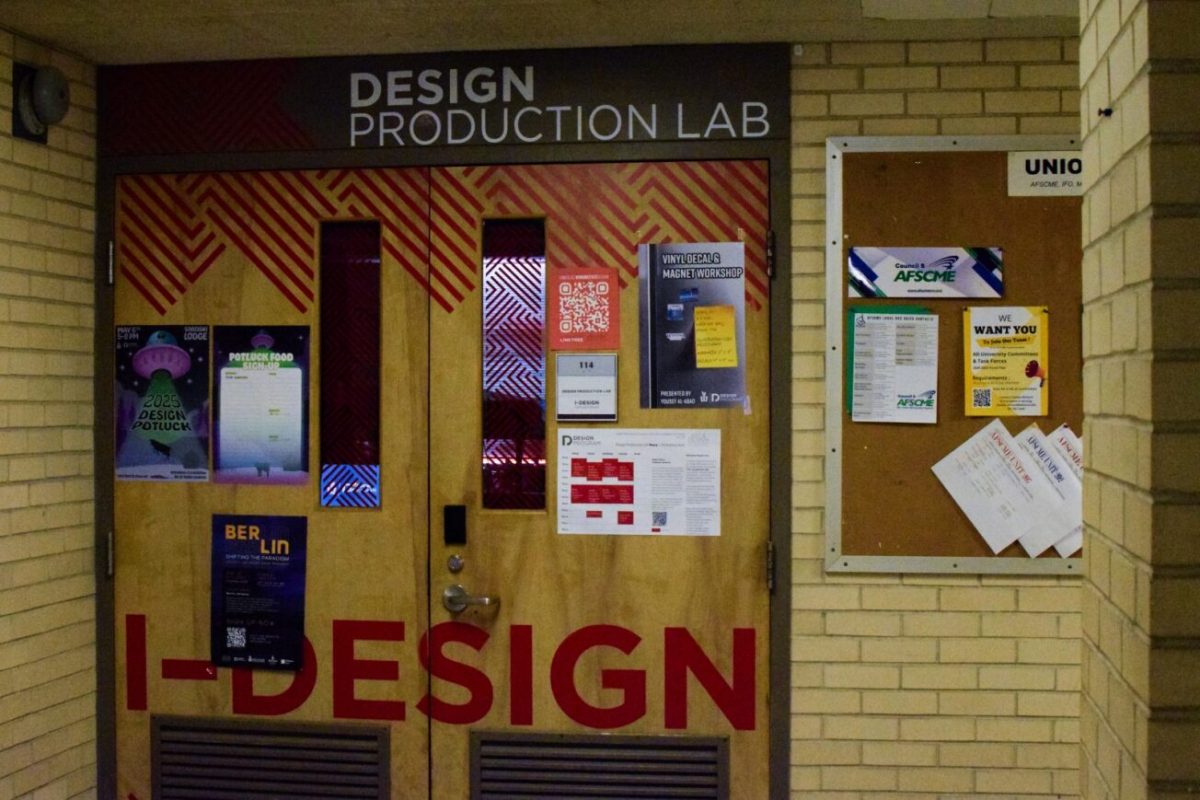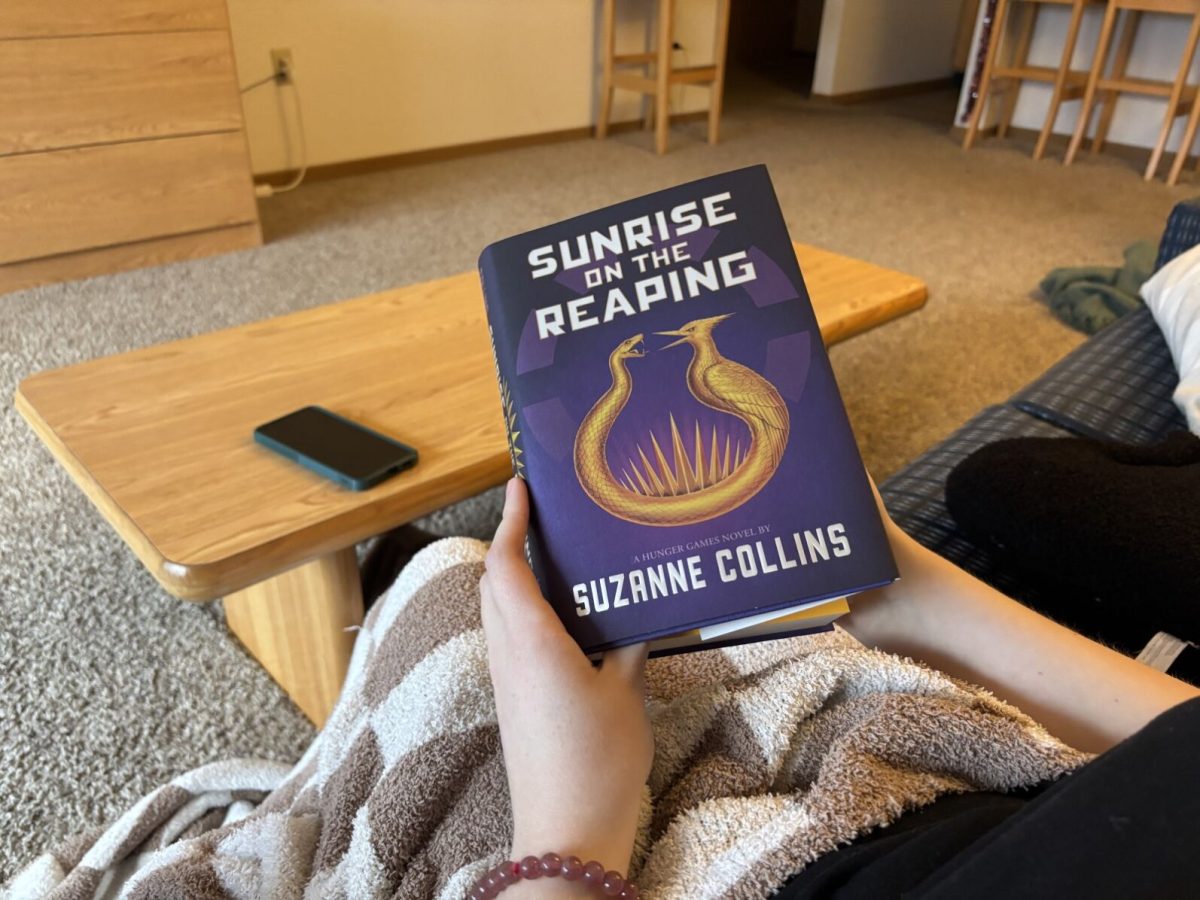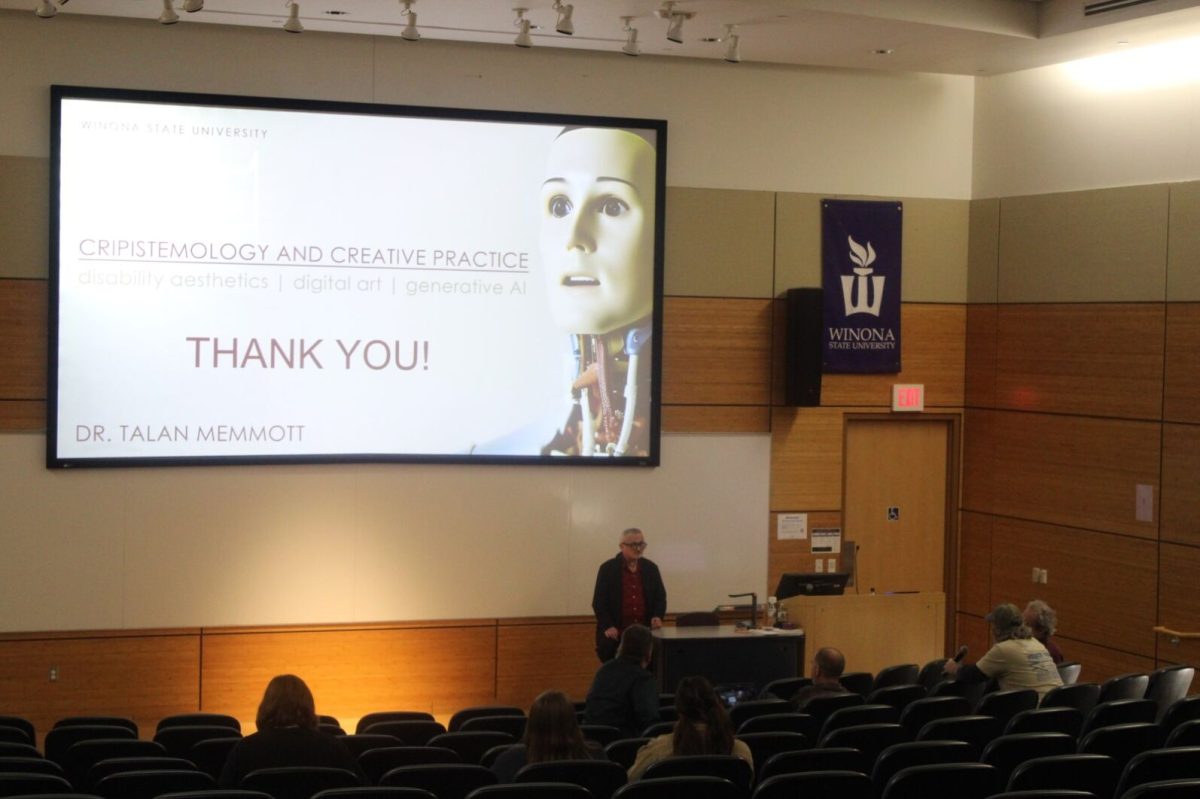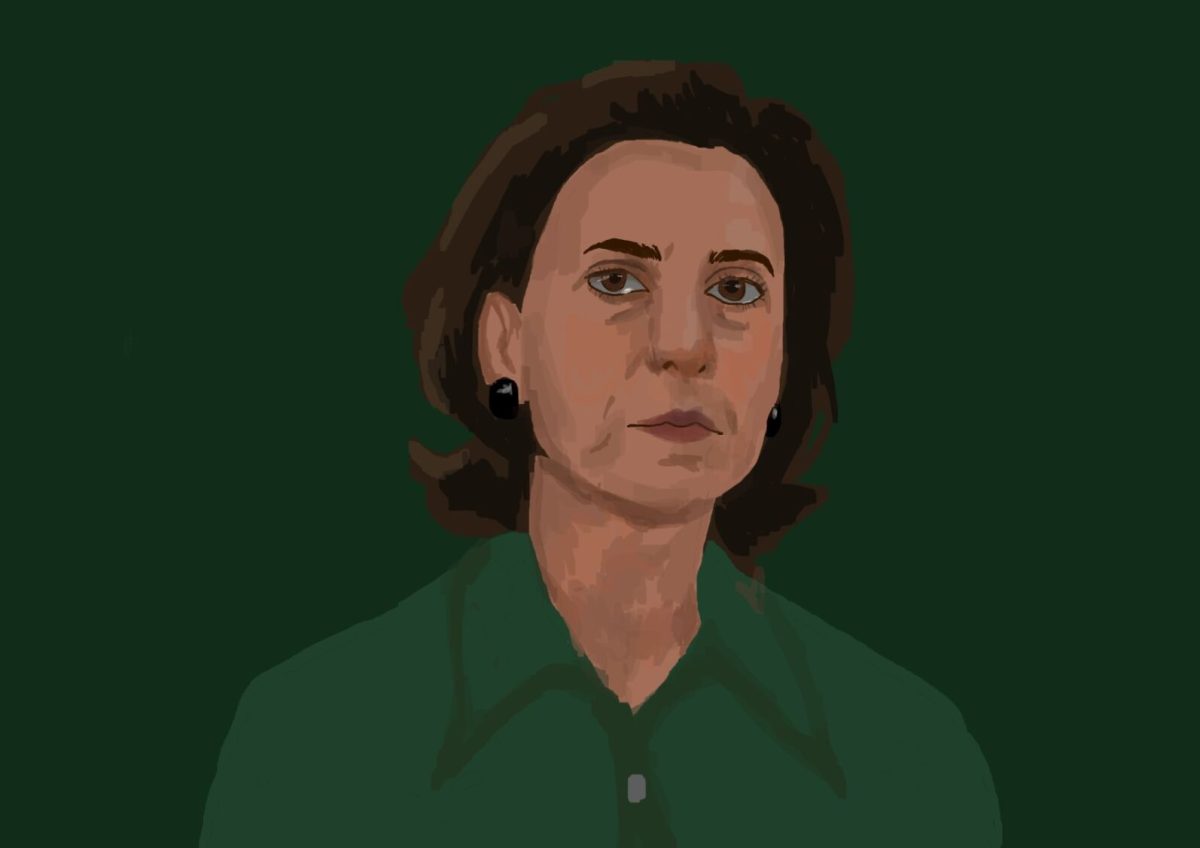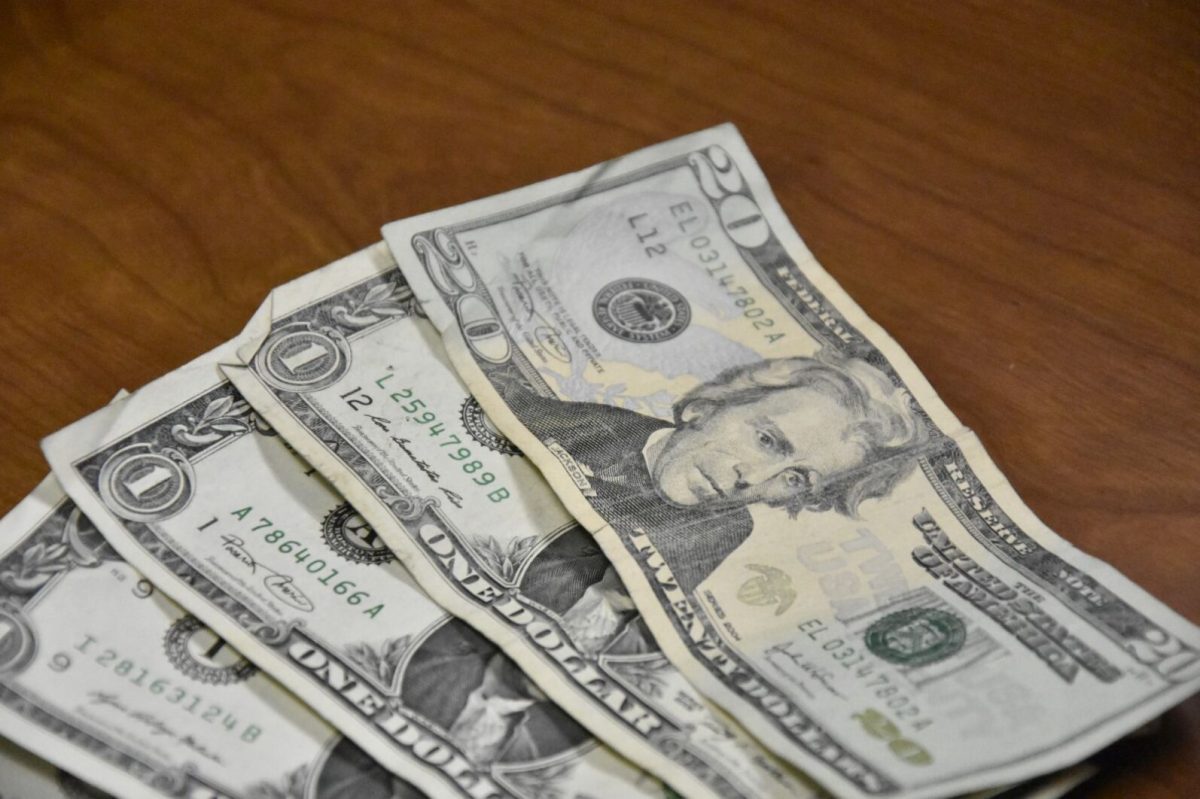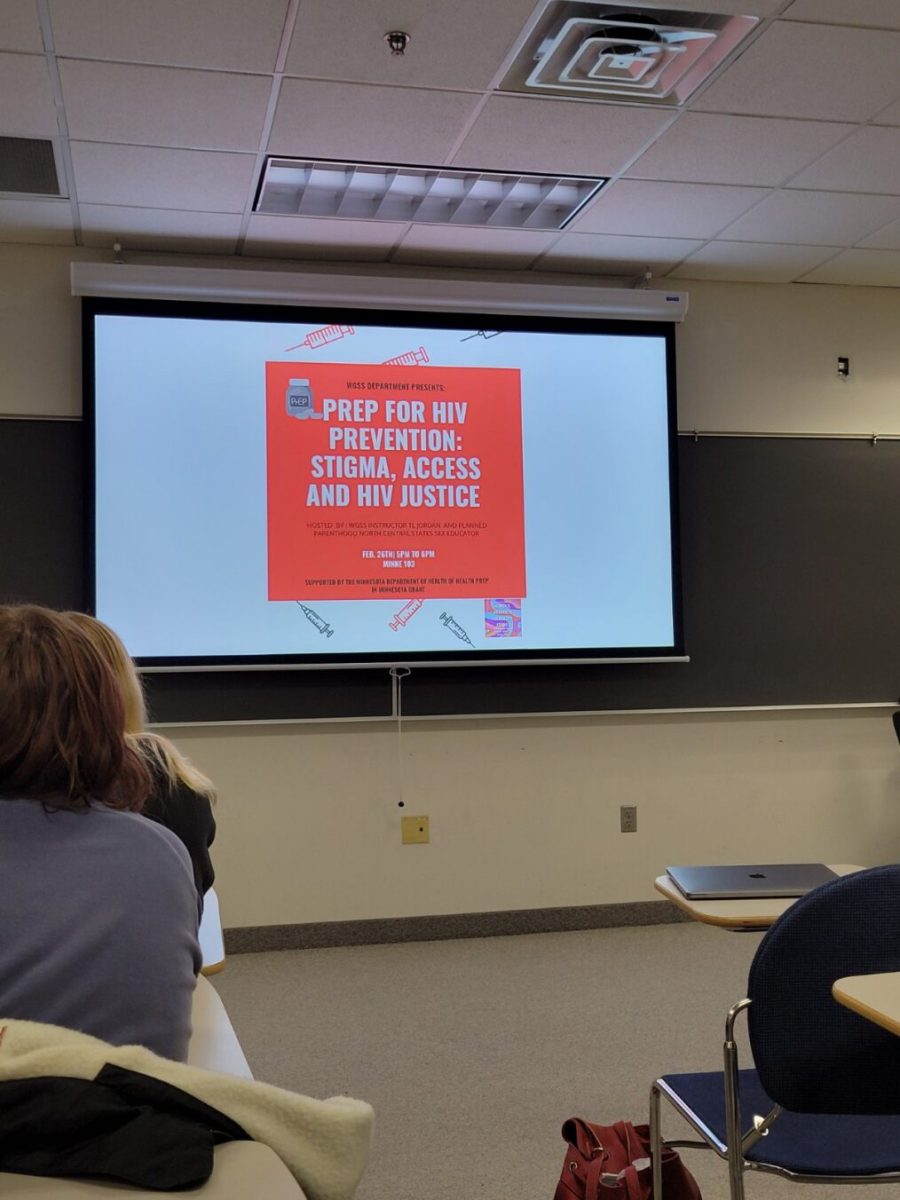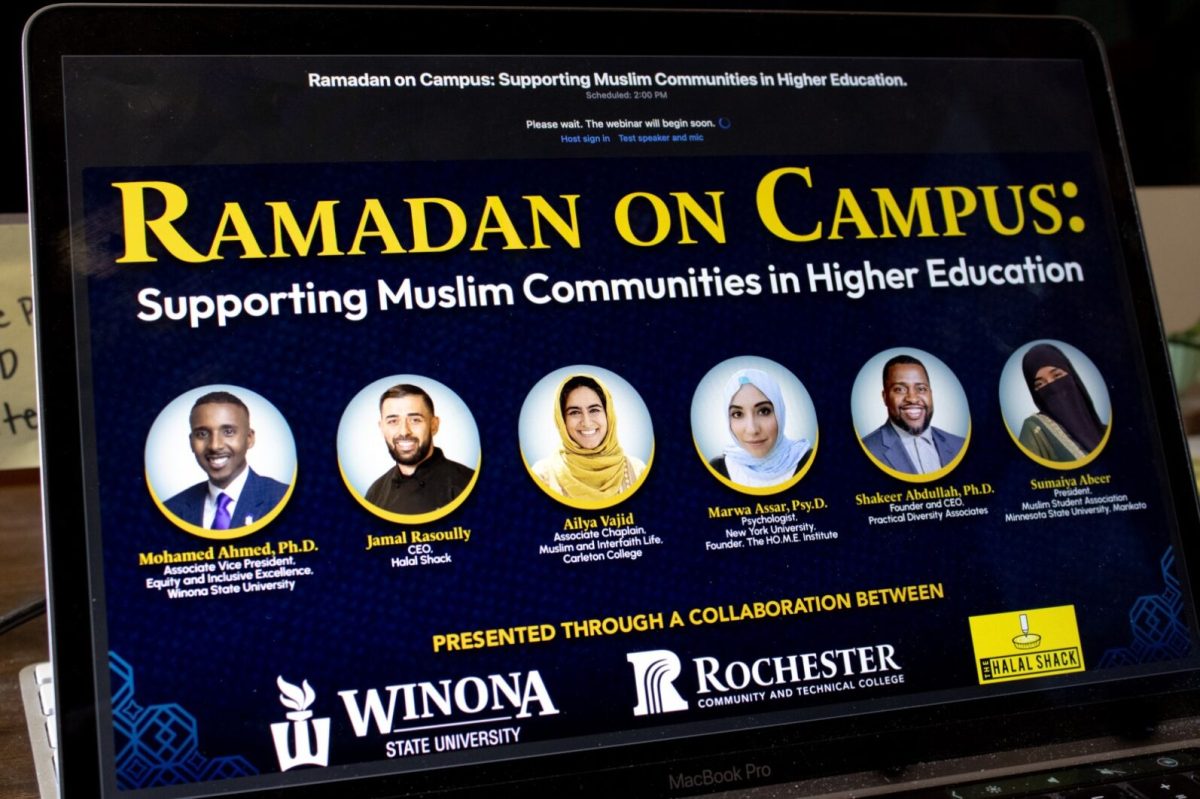Kalika Valentine-Erickson/Winonan
The city of Winona is “94.47 percent white,” according to the U.S. Census taken in 2013; not exactly an area one may think of as culturally diverse.
“We Are Winona: The Cultures of Our County,” an exhibit at The Winona County Historical Society, is working to fight the notion that because we may look the same, we are the same, and that because we might look different, we cannot get along.
The exhibit seeks to highlight the importance of all cultures present in Winona, from that of the early Native Americans, to German, Polish, Hmong and all of the cultures represented in the county, even if by just one person.
Project FINE Executive Director Fatima Said, worked with the exhibit.
“Today we have a little bit of a mixture of demographics. We have people from everywhere,” Said commented.
According to Said’s research, Winona County is home to at least 42 different languages.
Assistant director of the Winona County Historical Society Jennifer Weaver said, “[The exhibit is] kind of a recognition that we all make up a community, and we all have different stories, different backgrounds.”
The exhibit contains historical artifacts and stories from the Dakota people as well as people of Polish, German, and Hmong descent. Additionally, the exhibit presents the stories of people who recently immigrated to the Winona area from places like Laos, Mexico, China, Romania and Cuba. The artifacts include Hmong story cloths, a German newspaper, and Polish art, among others.
“[The artifacts are] to highlight the various cultures that have had influences on Winona’s past,” Weaver said.
Weaver explained the cultures chosen to be part of the exhibit were selected only because there were artifacts available to put on display and represent that culture.
“We based it off artifacts and images to build the exhibit,” Weaver said. “It could be endless.”
Weaver said it would be great to dig into every culture in the community, but that is not feasible, because there are at least 42 languages spoken in the area, and there are likely many more cultures than that.
The earliest historic people of Minnesota were the Dakota Native Americans. The fur trade caused the eventual interaction between the Dakota people and European people who had moved into the area. Captain Orrin Smith eventually staked his claim to the Winona area in 1851, and the cultural diversity continued to grow from there.
The exhibit does acknowledge that cultural diversity and the notion of “the melting pot” has not always been positive.
“It’s not always a ‘Kumbaya’ song. Sometimes we have a hard time accepting people from different places,” Weaver said.
There are artifacts showing KKK attempts to gain members in Winona in the 1920s, and a newspaper article titled “Hmongs hurts by protest.”
Project FINE works to lessen the negative thoughts between those who have recently become Winonans, and those in the community who have resided in Winona for some time.
“We are like a connector between Winona and new Winonans,” Said commented.
Project FINE provides both resources and education for new immigrants, like translators and interpreters, to help them integrate into the community. They also work to provide information on diversity for current Winona residents and companies.
“[They provide] diversity education on ethnic groups that are coming to our community,” Said stated.
This education allows people of all cultures to work together to understand cultural differences and similarities in order to work better together.
“We Are Winona: The Cultures of Our County” shows, despite differences in the past and even current differences or negative responses, all cultures bring positives to the community, and it is beneficial and important to learn about those cultures, including your own.


